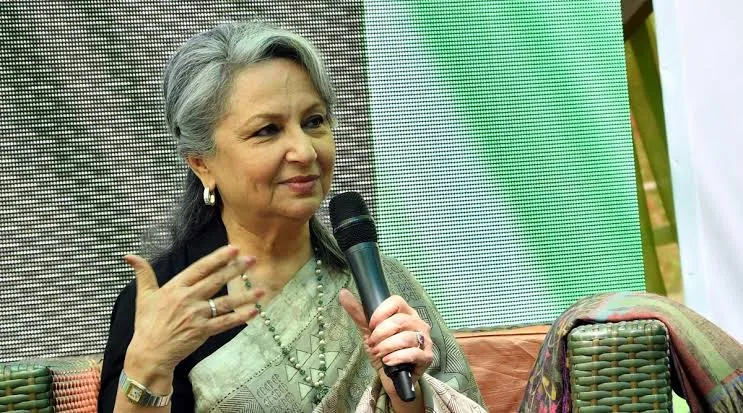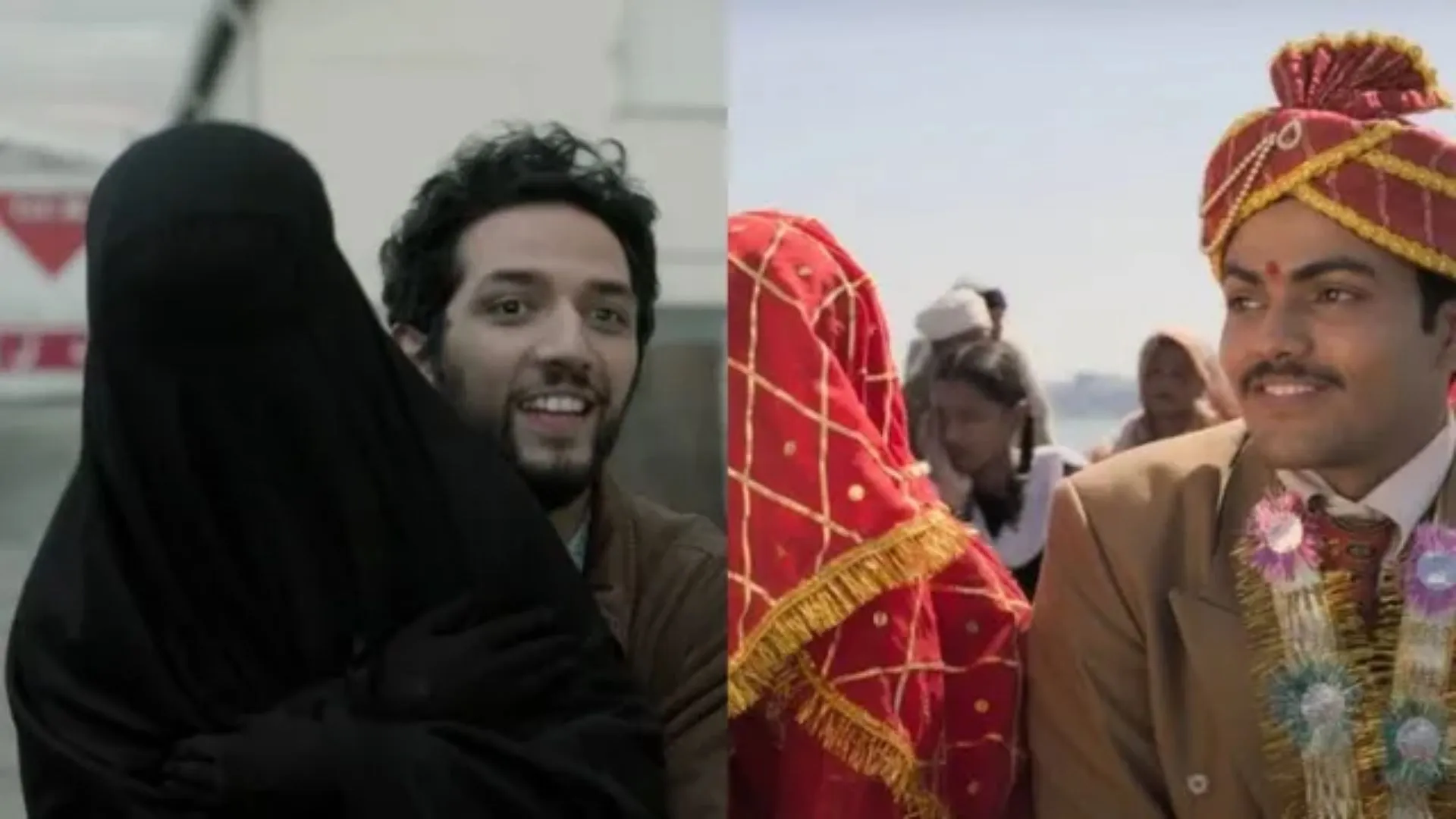Janmashtami, also known as Krishna Janmashtami or Gokulashtami, is one of the most important festivals celebrated by Hindus. It commemorates the birth of Lord Krishna, the eighth avatar of Lord Vishnu, and is observed with great devotion across various regions of India.
When is Janmashtami celebrated?
According to the Hindu lunar calendar, Janmashtami is celebrated on the eighth day (Ashtami) of the dark fortnight (Krishna Paksha) in the month of Bhadrapada, which typically occurs in August or September. In 2024, Janmashtami will be celebrated on August 26.
What is the significance of Janmashtami?
This day holds deep spiritual significance as it marks the birth of Lord Krishna, believed to have taken place over 5,200 years ago in Mathura to Devaki and Vasudeva. The celebration honors Krishna’s divine mission to eliminate evil and uphold dharma (righteousness).
According to tradition, Krishna was born to end the tyrannical rule of his uncle, King Kansa, who sought to kill him. Despite numerous attempts on his life, Krishna’s survival through miraculous events during his early years symbolizes the triumph of good over evil.
MUST READ: This Woman Chopped-Off Her Breast To Revolt Agaisnt Breast Tax: Dark Reality Of Indian History
Why is Janmashtami celebrated for two days?
A unique feature of Janmashtami is its two-day celebration in some regions. This is due to the Hindu lunar calendar and the timing of Krishna’s birth. Krishna was born at midnight on Ashtami tithi.
In Hindu tradition, days are calculated from one sunrise to the next, meaning that Ashtami tithi can span two days. Therefore, Janmashtami is celebrated over two days in many places, particularly in religious centers like Mathura and Vrindavan.
On the first day, devotees fast, engage in special prayers, and stay awake until midnight to mark Krishna’s birth. The following day, known as Nanda Utsav, is filled with joyous celebrations, as devotees break their fast and participate in various festive activities.
What is the story behind Janmashtami?
Though Krishna was born to Devaki and Vasudeva, he was raised by Yashoda and Nanda in Vrindavan. The legend states that Krishna was born in a prison in Mathura, where his life was threatened by his uncle Kansa.
After being warned by a divine prophecy that one of Devaki’s children would kill him, Kansa initially planned to kill her. However, Vasudeva pleaded for her life and promised to surrender their child to Kansa. Trusting Vasudeva’s word, Kansa spared Devaki but kept both parents imprisoned and ensured that their children were killed.
To save Krishna, Vasudeva carried him in a basket across the turbulent Yamuna River to Vrindavan, where Krishna was adopted and raised by Yashoda and Nanda.
How is Janmashtami celebrated?
On Janmashtami, devotees observe a strict fast, refraining from grains and certain other foods. The fast is only broken after midnight, following the ritual of worshipping the baby Krishna, who is placed in a beautifully adorned cradle.
Devotees celebrate the birth of Lord Krishna by singing bhajans (devotional songs), reciting slokas, and performing aarti. The midnight vigil, known as Jagran, is a significant part of the celebration, symbolizing the devotees’ readiness to welcome the divine child into their lives.
Decorations and Celebrations in Temples and Homes
Both homes and temples are beautifully decorated with flowers, lights, and intricate rangolis. Idols of Lord Krishna are dressed in new clothes, and the cradle, or jhoola, often becomes the centerpiece of households and temples.
Temples such as ISKCON in Delhi and Vrindavan, Prem Mandir in Vrindavan, and Jagannath Temple in Odisha are especially famous for their grand decorations and celebrations during Janmashtami.
Special Jhankis (tableaux) portraying scenes from Krishna’s life are set up in many temples, attracting large numbers of devotees. These Jhankis often depict Krishna’s playful activities as a child, his interactions with the gopis (milkmaids), and the legendary Raas Leela.
Dahi Handi
A lively and exciting part of Janmashtami is the Dahi Handi event, which takes place the day after Janmashtami. This tradition is particularly popular in Maharashtra.
Inspired by Lord Krishna’s love for butter, young men form human pyramids to reach and break a pot (handi) filled with curd or butter, which is suspended high above the ground. This event symbolizes Krishna’s playful and mischievous nature, earning him the title “Makhan Chor” or “Butter Thief.”
Cultural Performances and Celebrations in Schools
Janmashtami is also celebrated in schools across India, where children dress up as Lord Krishna, Radha, and other characters from Krishna’s life. Dance performances, skits, and recitations are organized, highlighting the stories of Krishna’s childhood, his divine deeds, and his teachings from the Bhagavad Gita.



















